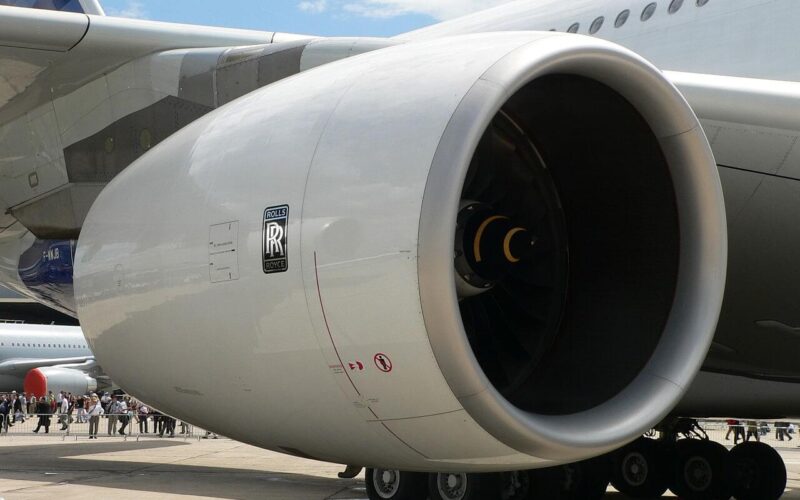EASA announced that repetitive on-wing inspections are now necessary for three variants of Rolls-Royce Trent 900 engines, following previously identified cracks on their rotor shafts.
The European Union Safety Agency (EASA) issued a renewed Airworthiness Directive (AD) proposal. The statement highlighted that since the last AD was issued on February 28, 2020, EASA has decided that repeated checks will now be required for already-installed Trent 900 engines.
Specific models for inspection include the Trent 970-84, 972-84, and 972E-84, all of which power the Airbus A380. The on-wing checks will now have to be conducted at time intervals that do not exceed 500 flight cycles or 5,000 flight hours, whichever occurs first.
EASA stated that the investigation to identify the cause of the cracks on intermediate pressure compressor (IPC) rotor shafts is still ongoing. However, seeing as more engines could be facing the same issues and how dangerous this defect can be, the authority decided to further increase precautionary measures.
“This condition, if not detected and corrected, could lead to IPC rotor shaft failure, possibly resulting in release of high-energy debris, with consequent damage to, and/or reduced control of, the aeroplane,” reads a statement by EASA..
EASA first dated the original issues on January 23 and February 3, 2020. A crack was found between IPC discs on one of the engines, followed by a similar one during a subsequent visit to a shop.

